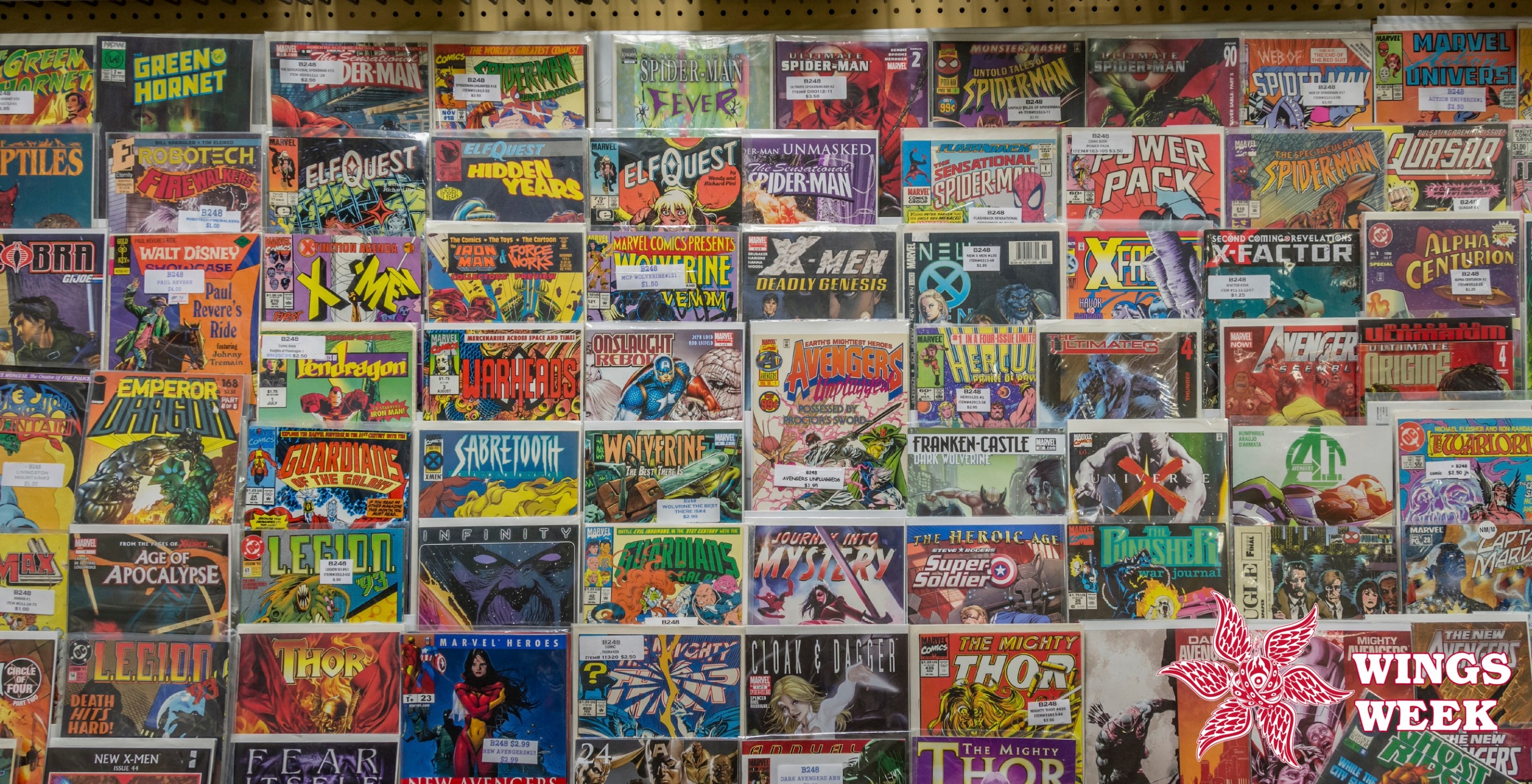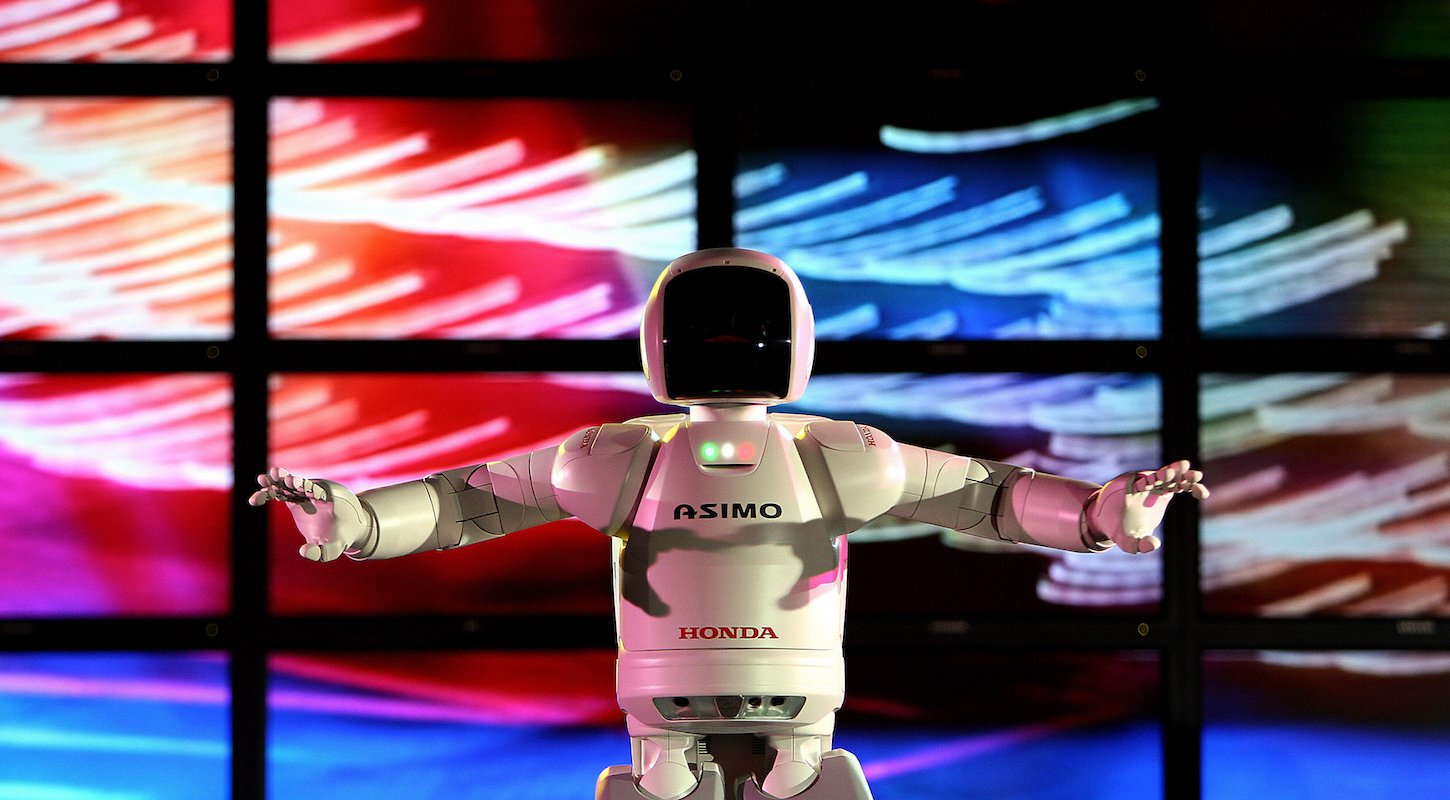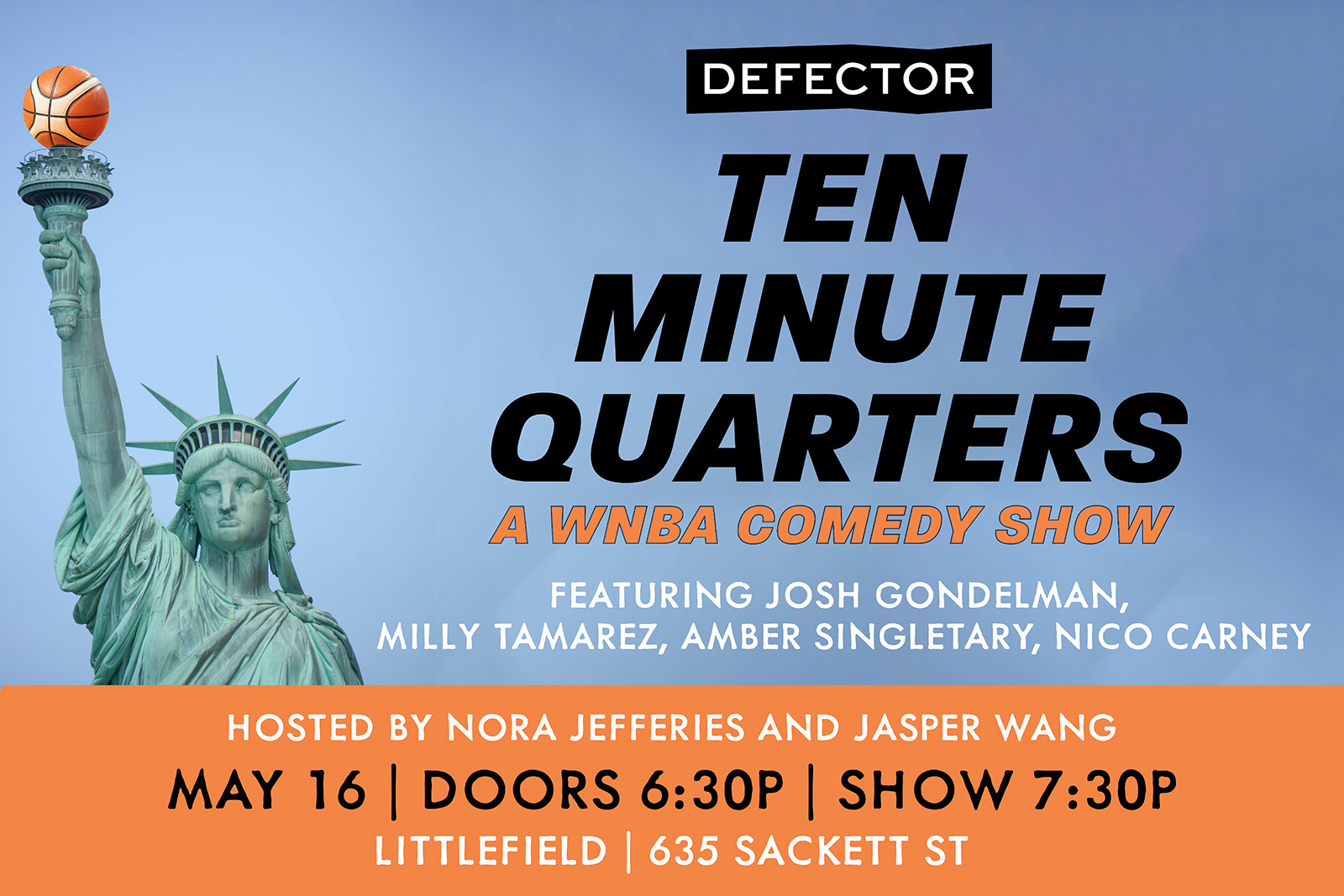Earlier this week, for the purposes of Wings Week, I caught up on reading Tom Taylor's Nightwing run, which, if you google, leads you to a Reddit thread on r/DCComics titled "What's everyone's opinion on Tom Taylor's Nightwing run?" Opinions are split; one user notes that "Redditors can be overly jaded Scrooge types," which is true, and especially true of more nerdy subcultures, though I am saying that from the position someone who is only kind-of-but-not-really one of them, and someone who only kind-of-but-not-really enjoyed Tom Taylor's run of Nightwing.
I like the aesthetics of comics—many an uninterested friend has patiently followed me into a comics store—and I find the meta of the comics industry to be fascinating. But while I will read comics runs and say that they are good, I often come out with an uncertainty on whether or not I liked it. This is a point of my psyche that baffles me because, generally speaking, the good-to-enjoyment pipeline is very simple, at least in that direction.
My history of comics engagement is patchy, and the following timeline recollection is very incomplete. (Assume that I've read some more one-off Marvel and DC runs in here, but none were memorable enough to leave too much of an impact.) In high school, I read through Sandman, the entirety of Jamie Delano's original Hellblazer run, and the first arc of Garth Ennis's continuation where John Constantine is diagnosed with lung cancer and cheats his way out of death. I read Sandman in two massive volumes that were donated to my town's library, and Hellblazer in the least efficient illegal way possible, by downloading from a website where each issue was packaged as zipped folders filled with JPG files, and opening the .jpgs five at a time. A friend also bought me the first volumes of Lady Killer and Monstress as a gift.
My comics reading went on pause for a couple of years, until I went down the rabbit hole again in college with Matt Fraction and David Aja's absolutely banging Hawkeye run, and binged Chip Zdarsky and Marco Checchetto's intriguing-but-less-banging Daredevil run until I caught up to the last available issue and fell off again. A pattern here is that I tend to get to comics several years after they have finished, and if they are not finished, I forget to continue reading. I need an end.
Which leads me to now, when I was hankering for something to sink my teeth into. I'm not a big horror person, but I somehow entered the James Tynion IV extended universe of stylish indie comics with self-contained concepts: Something Is Killing the Children, House of Slaughter, The Oddly Pedestrian Life of Christopher Chaos (developed by Tynion—who used to write Batman, by the by; written by Tate Brombal). Then I stumbled into Nightwing, partially off the recommendation of the Reddit thread; one no doubt overly jaded Scrooge type described it as being like Fraction and Aja's Hawkeye, except worse. However, there were over 30 issues to read, which meant it sounded just fine by me.
Nightwing is necessarily straightforward. Cops are corrupt, but that's because they're corrupt cops. Everyone who has power in the city is in on the corruption, except for the newly ascendant good mayor, who is, by the way, Dick Grayson's long-lost half-sister. Superhero stories about a guy who just loves his city, even fictional, are hard to pull off. It makes sense why superhero comics extrapolate out to supervillains and galactic conspiracies; Zdarsky's Daredevil demonstrates how trying to accurately render the realities of a broken criminal justice system alongside a superhero narrative becomes so convoluted that neither representation makes it out of the story alive. If you're going to pull off the "guy who just loves his city" narrative, you have to, as Fraction does, strip everything down to the scale of one dirtbag guy or institution, or in Nightwing's case, ask the reader to maintain some fiction of political simplicity and billionaire philanthropy.
Dick Grayson's entire deal as a comic book hero is that he was the original Robin, got fired from being Robin, and took off on his own as Nightwing, doing his whole superhero business in Gotham City's even more messed-up ugly sibling, Blüdhaven. (Fun fact: both cities are canonically in New Jersey.) So Grayson not only bears the burden of all his pre-existing storylines, but also all the Batman that came before him, including stepping into the Batman costume at one point. It's not just metafiction; Nightwing's writers feel the weight of its past, too. I find the tension points of canon in long-lasting characters fascinating, especially the idea that writers who take on a new run of an old character can be wrong in their interpretations of said character; or that new interpretations of a character can supersede older ones; and that this decision-making is always in the hands of the fans reading.
But I'm not able to muster up the suspension of disbelief necessary to tackle the genre at large, and I'm not connected enough to any intellectual property to be compelled by huge crossover appearances—of which there are plenty in Nightwing—or to finish a storyline by buying an issue from a separate superhero run—of which there are plenty in Nightwing.
What I cannot grasp is my reaction to James Tynion IV's comics, which I have found stunning and yet can't make the leap to declare that I like them. Because of my reticence to accept that part of what keeps me from most superhero comics carries over to comics at large, this internal mystery spurred a friend of mine to read Something Is Killing the Children and then spawned a 2,000-words-and-counting text exchange with said friend on the various nuances of the horror genre. I do not enjoy horror's indulgence in horror just for the sake of horror, but Something Is Killing the Children dodges a lot of those traditions. It's a story about a monster hunter, Erica Slaughter, who takes on the broadly thankless job of killing monsters who target children, and while I didn't find it all that scary (my friend did did not agree with this sentiment), it is bleak. One of the starkest splashes in the run of the comic is Erica Slaughter, injured, walking over to a sink. The only dialogue comes from one of the children she has saved, who asks, "Are you okay?" and then, after she places her head under the running water, "Is ... Is it over?"
Well—no. Something Is Killing the Children parallels its horror to real suffering, and that won't be over in the narrative until Something Is Killing the Children is over, and Something Is Killing the Children is a comic, which isn't over until it's over, and often not even then. Narratively speaking, it benefits from taking a slower pace in its main story lines—rather than wrapping up an arc within a five-issue span, it allows itself to take 15—though temporally, 15 issues in real life means one-and-half-years.
So maybe what I was looking for when I stumbled into Nightwing—a lot of content that has no real terminating point—is also what's barring me from declaring that I like Something Is Killing the Children. On that note: Something Is Killing the Children is incredible. I cannot recommend it enough.
Comics exist in a perpetual state of continuance. This is especially true for massive superhero franchises, but even Something Is Killing the Children has no clear stopping point. The bleakness will continue and morale will not improve, and I personally do not find that to be a pleasant state to exist in; even a sad or bittersweet ending is at least an ending. And if all good things must end, then maybe I need things to end to be good.






